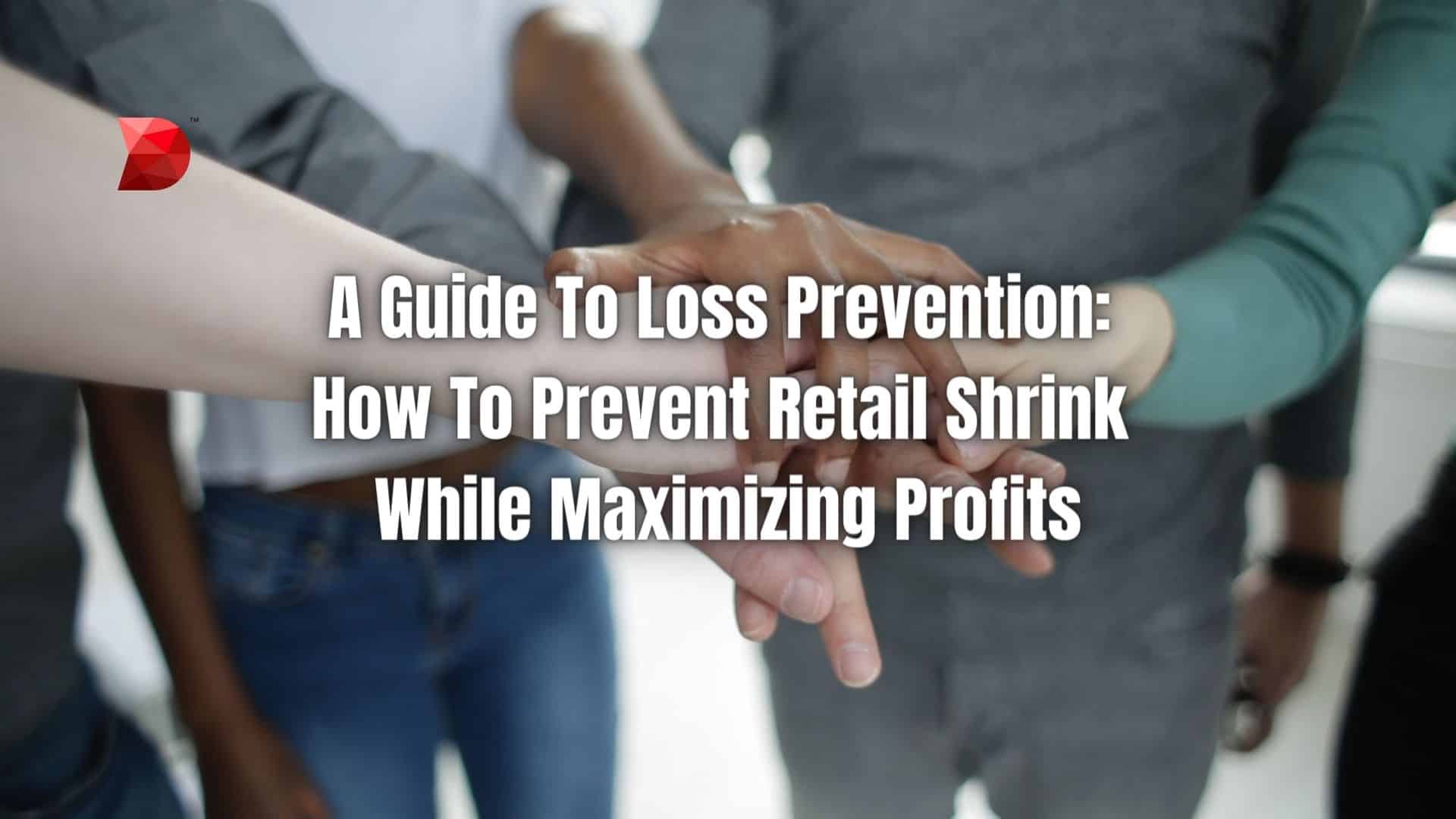Last Updated on November 9, 2022 by Ossian Muscad
Loss prevention is a critical aspect of any business, large or small. Every business suffers some form of loss, whether it be through theft, damage, or simply product shrinkage. Loss prevention aims to identify and correct these losses to maintain profitability. To do this effectively, businesses need to have a plan for loss prevention. This guide will help you create a loss prevention report that will help you identify and correct any losses your business may suffer.
What is Loss Prevention?
Loss prevention is the practice of reducing loss in a business. This can be done through various means, such as security measures, inventory control, and employee training. Loss prevention is important for any business because loss can significantly impact profitability. Therefore, through loss prevention, businesses can minimize loss and maximize profits.
Importance of Loss Prevention Reports
Loss prevention reports are important tools that businesses can use to track loss and identify areas of improvement. By analyzing loss prevention reports, businesses can determine where they are losing money and take steps to correct the problem. They can also track trends and see if the loss is increasing or decreasing.
Loss Prevention Vs. Loss Control Inspection: What’s the Difference?
Loss prevention is the proactive practice of reducing loss in a business. It is the reactive practice of investigating and responding to loss after it has occurred. While loss prevention is focused on preventing loss from happening, loss control is focused on identifying and correcting loss after it has already occurred.
What To Include In A Loss Prevention Report
When creating one, there are a few key pieces of information that should be included:
- A description of the loss
- The date and time the loss occurred
- The location of the loss
- The value of the loss
- The cause of the loss (if known)
- Actions were taken to prevent future loss
How To Create A Loss Prevention Report
There are a few steps you’ll need to follow when creating a loss prevention report:
- First, you’ll need to gather information about the loss. This should include a description of the loss, the date and time it occurred, the location of the loss, and the value of the loss. If you know the cause of the loss, be sure to include that as well.
- Next, you’ll need to create a loss prevention plan. This plan should include actions you’ll take to prevent future loss. Be sure to include a timeline for implementing the loss prevention measures.
- Next, you’ll need to track the results of your loss prevention efforts. This can be done by analyzing loss prevention reports over time. By tracking the results of your loss prevention efforts, you’ll be able to see if they are effective and make necessary adjustments.
- Finally, you need to continuously review and update your loss prevention report. As your business changes, so will your loss prevention report. Be sure to review your loss prevention report regularly and make updates as needed.
Following these steps will help you create this report that will effectively reduce loss in your business. Loss prevention is an important part of any business and should be addressed. By taking steps to prevent loss, you can maximize profits and keep your business running smoothly.
Loss Prevention Tips
There are a few loss prevention tips that can help you reduce loss in your business:
- Develop a loss prevention plan: As mentioned above, a loss prevention plan is a crucial part of loss prevention. By developing a loss prevention plan, you can ensure that you have a strategy in place to prevent loss.
- Invest in security: One of the best ways to prevent loss is to invest in security measures. This can include things like security cameras, alarm systems, and security guards.
- Train your employees: Another important loss prevention tip is to train your employees. Employees should be trained on loss prevention procedures and handling loss if it occurs.
- Monitor inventory: Monitoring inventory levels is another important loss-prevention tip. Keeping track of inventory can ensure that loss is discovered quickly and taken care of.
Following these loss prevention tips can reduce loss in your business and maximize profits. Loss prevention is important and should be a top priority for every business owner. You can ensure that your business runs smoothly and profitably by taking steps to prevent loss.
Create Loss Prevention Reports with DATAMYTE
Now that you know the importance of loss prevention reports and how to create them, it’s time to put that knowledge into action. DATAMYTE and its Digital Clipboard software offer a complete solution for loss prevention reporting, from report creation to data analysis.
With the DataMyte Digital Clipboard, you can easily create loss prevention reports that are accurate and informative. Using its drag-and-drop interface, creating and implementing loss prevention reports is easy and requires no programming.
What’s more, the DataMyte Digital Clipboard lets you seamlessly share loss prevention data and information with your team. This includes things like loss prevention checklists, audit trails, and more.
If you’re looking for a complete solution for loss prevention reporting, look no further than DATAMYTE and its DataMyte Digital Clipboard software. Its easy-to-use interface and complete loss-prevention reporting capabilities make it the perfect solution for any business. Book a demo now!
Conclusion
It’s no secret that loss prevention is an important part of any business. By taking steps to prevent the loss, you can ensure that your business runs smoothly and profitably. Use loss prevention reports to prevent retail issues while maximizing your profits.



